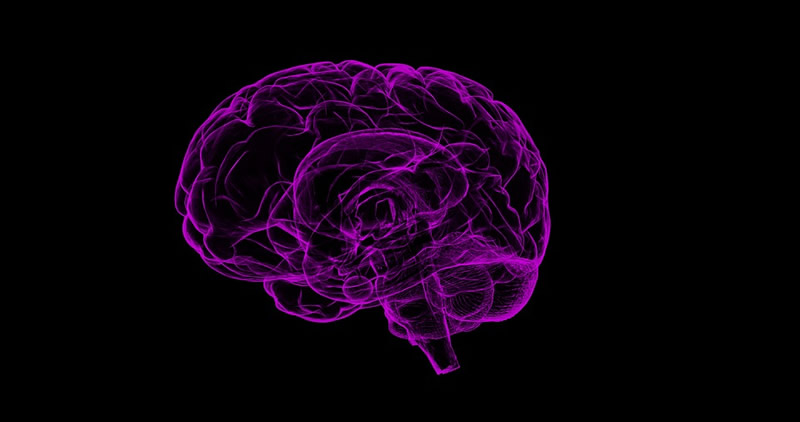3 Psychological Ingredients behind Great Web Content
Companies / Internet Aug 17, 2017 - 02:10 AM GMTBy: Submissions

 We live in a world flooded with information. Most of the times, we skim through it, merely glancing at the articles, videos, and images that come our way. But, sometimes, we stumble on a piece of content so amazing that we hit the share button without giving it a second thought.
We live in a world flooded with information. Most of the times, we skim through it, merely glancing at the articles, videos, and images that come our way. But, sometimes, we stumble on a piece of content so amazing that we hit the share button without giving it a second thought.
So, what is it that makes content good?
Surely, you are working hard on every piece of content you create, doing thorough research, optimizing it for SEO, and sharing it on all important social media channels. So, why, in spite of your consistent efforts, some articles perform better than others?
It has to do with how the human brain works and the role it plays in controlling your emotions.

How the Brain Works: System 1 vs. System 2
The human mind is one of the most complex systems known to man. To explain how it works, neuroscientists have mapped our way of thinking. That’s how System 1 and System 2 were created.
System 1 refers to our emotional side, or what we call “intuition.” It’s fast and automatic, and it has allowed us to survive in an environment where we were the prey most of the times. System 1 engages when we are in danger. To put it simply, we don’t waste time analyzing whether the shadow we see in a bush is a tiger. We run. However, because System 1 is so fast, it can often lead us into making mistakes.
System 2, on the other hand, is what we call “thinking.” It’s slow, analytical, and rational. It makes fewer mistakes than System 1, and it allows you to analyze your behavior and make the necessary corrections.
Your content needs to engage System 1. Studies have shown that this is the part of the brain responsible for decision making.
That’s the good news. The bad news is that it has no capacity for language, so your well-written sentences and fancy words will have no impact on your readers. Instead, you need to target their emotions.
1. The Human Brain Craves Novelty
There’s a region in the midbrain responsible for motivation and reward processing that responds better to novelty than habit in our lives. In other words, whenever we stumble upon new information, the brain releases a reward in the form of dopamine that entices us to search for more.
In content marketing and copy writing, that translates into the reader spending more time engaging with your posts, writing comments or exploring your blog.
The problem is that nothing’s really new anymore. Most topics have already been dissected and analyzed by others before you. But there are a few tricks you can use to give your content the feeling of novelty:
- Conduct new research with online survey tools;
- Look into your analytics at topics your audience enjoyed and use them to generate new or tangential ideas;
- Use online tools to find out what are the most popular topics in your niche;
- Start working with a new medium;
One of the best ways to create novelty is to mash two trending, yet apparently unrelated topics. That can lead to an explosion of new synapses and prompt readers to take a leap of imagination which will fill their brains with creative joy.
2. Curiosity Enhances the Brain
People have an innate desire to learn more and fill the gap between what they know and what they want to know. Whenever they come across a topic that triggers this curiosity, they’re more likely to take action and fulfill their need for an answer. Your job is to find this gap and create content that triggers their curiosity.
How can you do that?
According to psychology professors George Loewenstein, you need the right combination of the following ingredients:
- Defy their expectations;
- Tease them a little;
- Know when to stop;
Defy people’s expectations by telling them that something small can create big results. Give them enough information to trigger their curiosity, but don’t provide the whole answer. But, most importantly, don’t make any exaggerated claims.
Here’s a headline that meets all of Lowenstein’ requirements: 5 Small Tweaks That Can Improve Your Website Design in 15 Minutes
3. Appeal to Their Emotions
We like to think that we are rational creatures, but the truth is that emotions drive most of our actions. In fact, the higher the arousal, the better the response.
Whether you address your audience’s pain points or burning desires, create content that triggers their emotions. Use storytelling, powerful images, and shocking facts or numbers to produce an emotional response.
Remember that people feel more than just one emotion at a time. That is why they react best to pieces that combine positive and negative emotions.
If you learn how to use it correctly, psychology can give you an enormous advantage over your competitors. It can help you hack into the brain of your audience, make them fall in love with your content and share it with their network.
By Ben Obirek
© 2017 Copyright Ben Obirek - All Rights Reserved Disclaimer: This is a paid advertorial. The above is a matter of opinion provided for general information purposes only and is not intended as investment advice. Information and analysis above are derived from sources and utilising methods believed to be reliable, but we cannot accept responsibility for any losses you may incur as a result of this analysis. Individuals should consult with their personal financial advisors.
© 2005-2022 http://www.MarketOracle.co.uk - The Market Oracle is a FREE Daily Financial Markets Analysis & Forecasting online publication.


